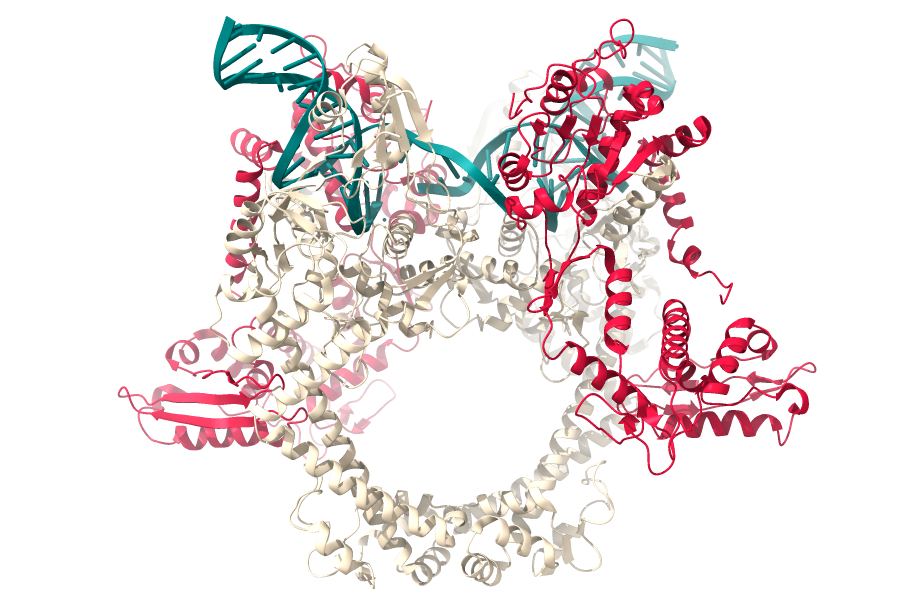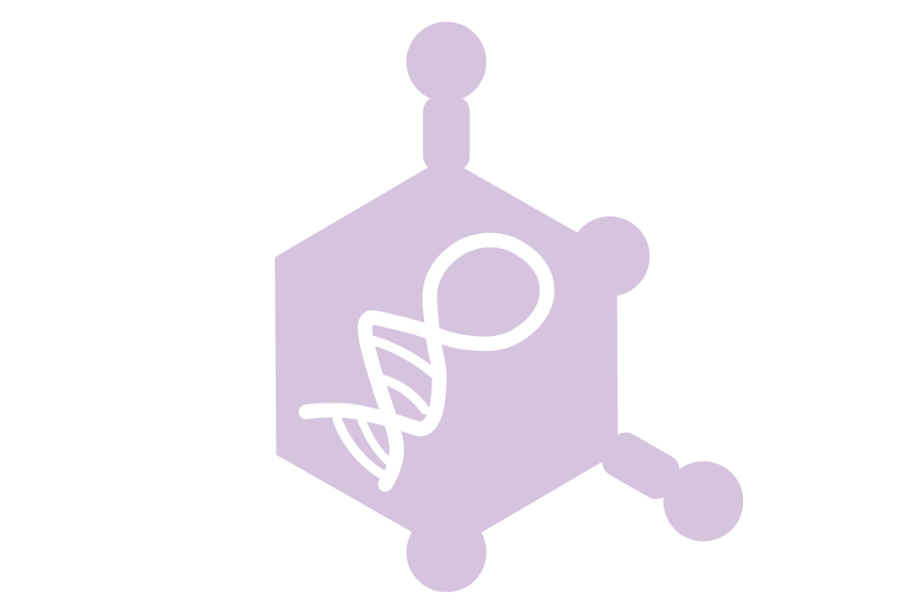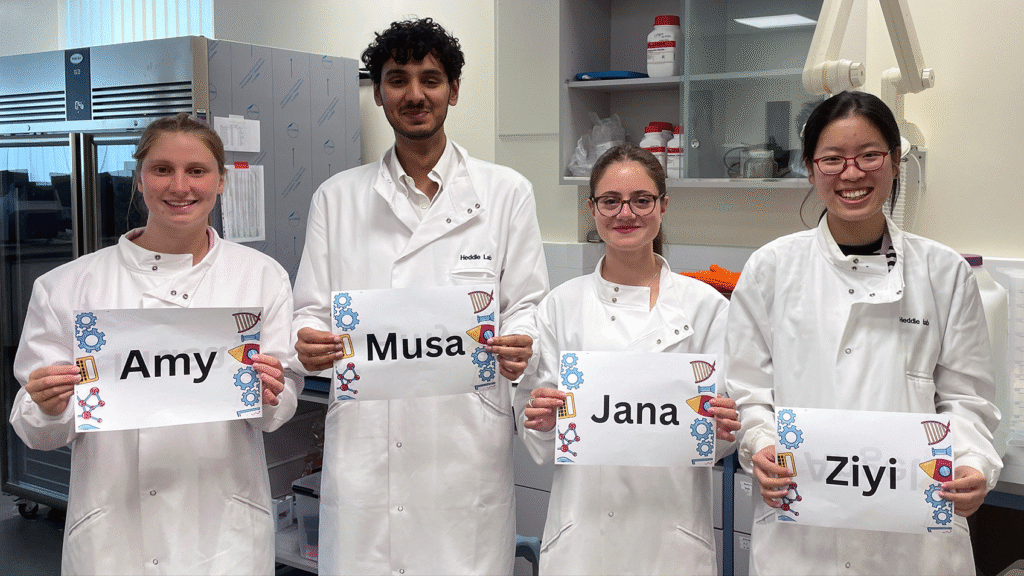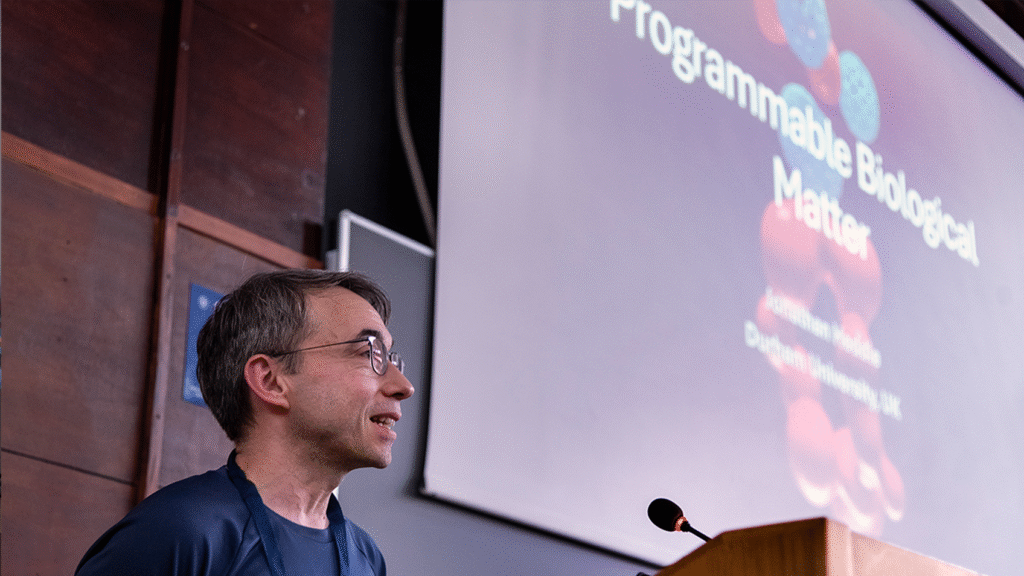Biological nanomachines are fascinating nanoscale devices made from biological molecules, typically proteins, lipids, RNA and DNA. In nature they carry out an amazing array of tasks from copying DNA to converting light into energy. In our lab we are interested in understanding, designing and building natural and artificial bionanomachines. We use a mixture of biochemical, structural and computational techniques plus the most important ingredient: imagination.
For natural nanomachines, we are particularly interested in DNA gyrase both because of its fascinating and intricate mechanism but also because it is an important target for development of new antibacterial drugs. We are also building artificial structures from proteins and DNA with the aim of developing Programmable Biological Matter. This describes artificial nanoscale biological material which can be programmed to carry out tasks on demand. This will be useful for new materials and may find significant application in medicine for example in effective vaccines and smart drug delivery systems which may one day be used as disease treatments in particular for age-associated diseases.
Research Areas
Heddle Lab – Natural Nanomachines
Here we investigate topoisomerases, specifically DNA gyrase, both a fascinating nanomachine and an important target for antibacterial drugs.
Heddle Lab – Artificial Protein Nanostructures
Here we aim to build new artificial protein nanostructures not found in nature.
Heddle Lab – DNA Nanomachines
DNA is not just an information storage molecule it is also a highly programmable structural material that can be easily designed to form useful shapes and even programmable robots.
Bentham Lab – Protein Design
Utilising computational protein design and experimental structural biology to guide the bioengineering of staple crops with enhanced resistance to biotic and abiotic stresses.
Lin Lab – RNA Modification
RNA modification is a way to expand nucleotide structure diversity to fulfil different functions. In the Lin lab, we study mechanisms on how RNA modifying enzymes select their RNA targets by obtaining cryo-electron microscope structures details. This will be the basis for customised RNA modifications for bioengineering purposes.
Latest News
Check out our news page for the latest news and events
Summer 2025 Interns Enrich Research at the Centre for Programmable Biological Matter
The Centre for Programmable Biological Matter remains deeply committed to training the next generation of scientists. Each summer, we welcome a cohort of enthusiastic interns who bring fresh perspectives and[…]
Read moreJust published! – ‘Mechanistic insight into the pseudouridylation of RNA’
We are proud to share that our Assistant Professor, Ting-Yu Lin, and PhD student, Yasmin Stone, have co-authored a new review article in RNA Biology with Professor Sebastian Glatt from[…]
Read moreXVIII International Congress of the Spanish Biophysical Society 2025
Prof. Jonathan Heddle – Invited Plenary Speaker being held in Granada from 24-27 June 2025.
Read more











